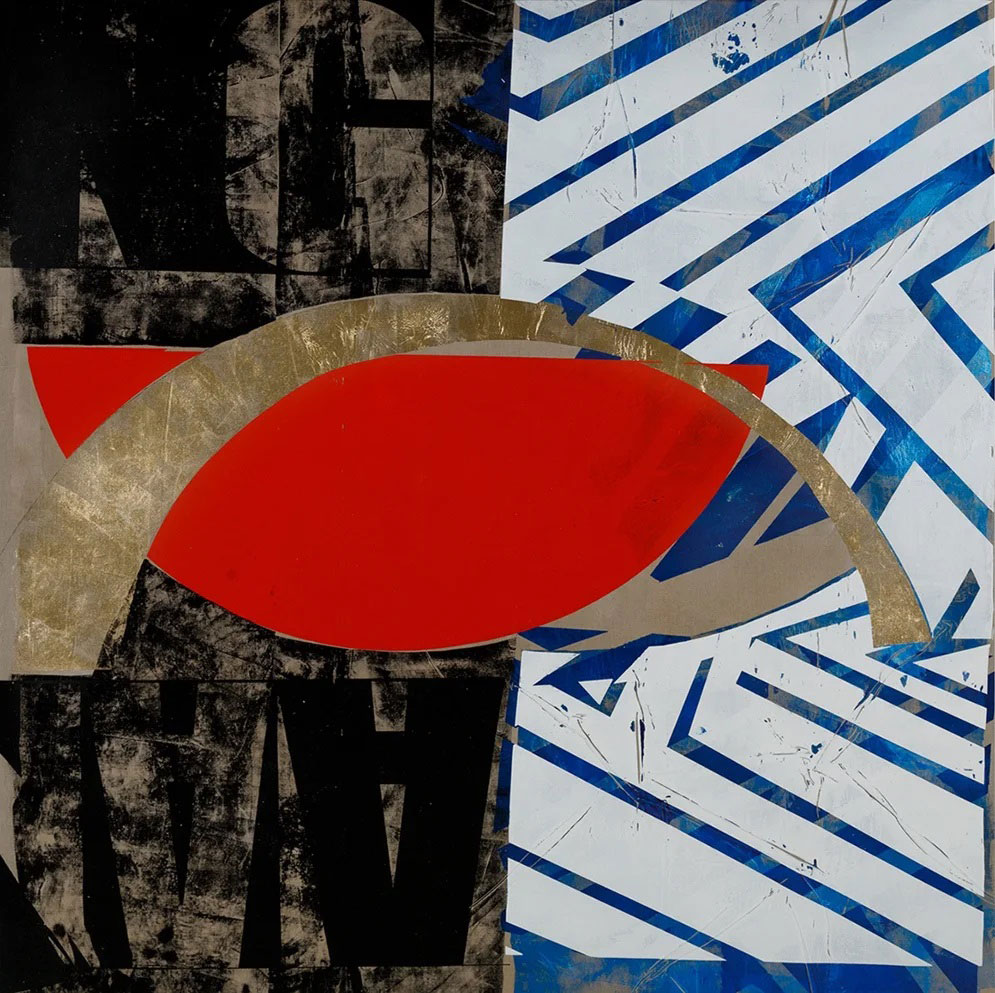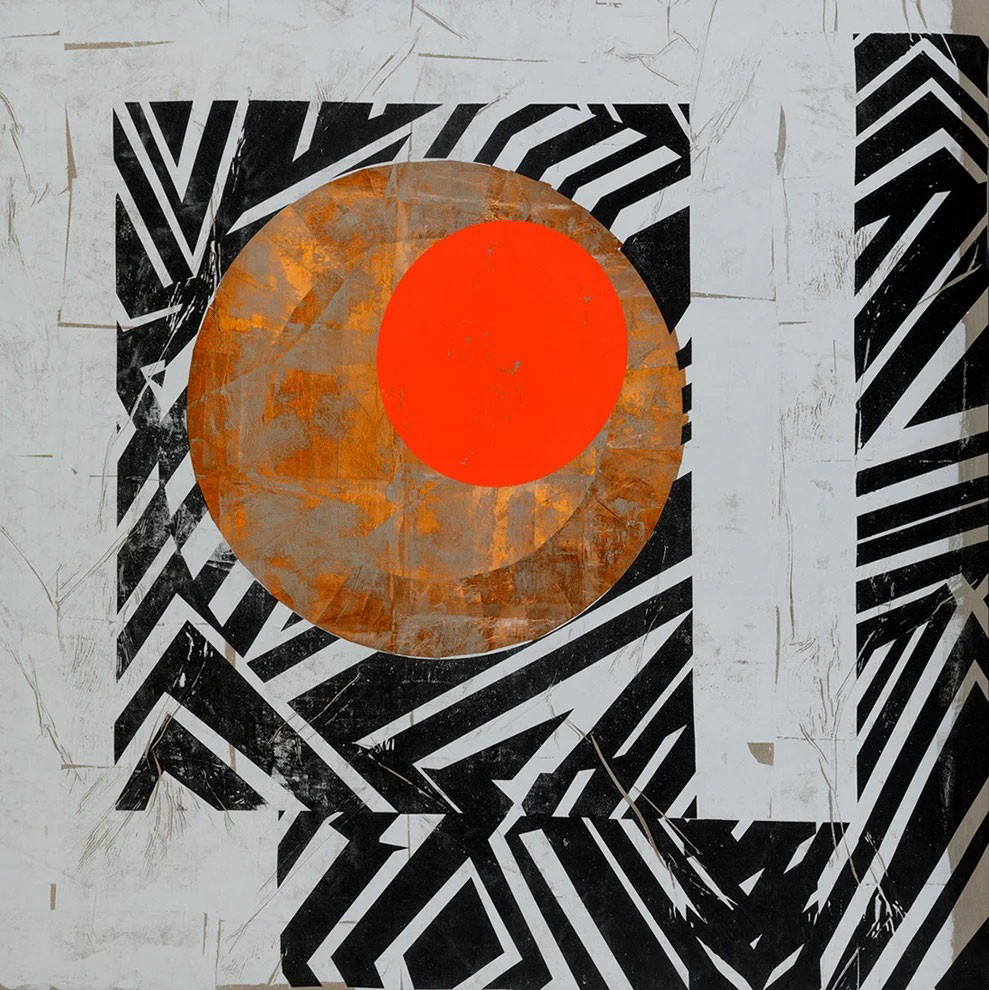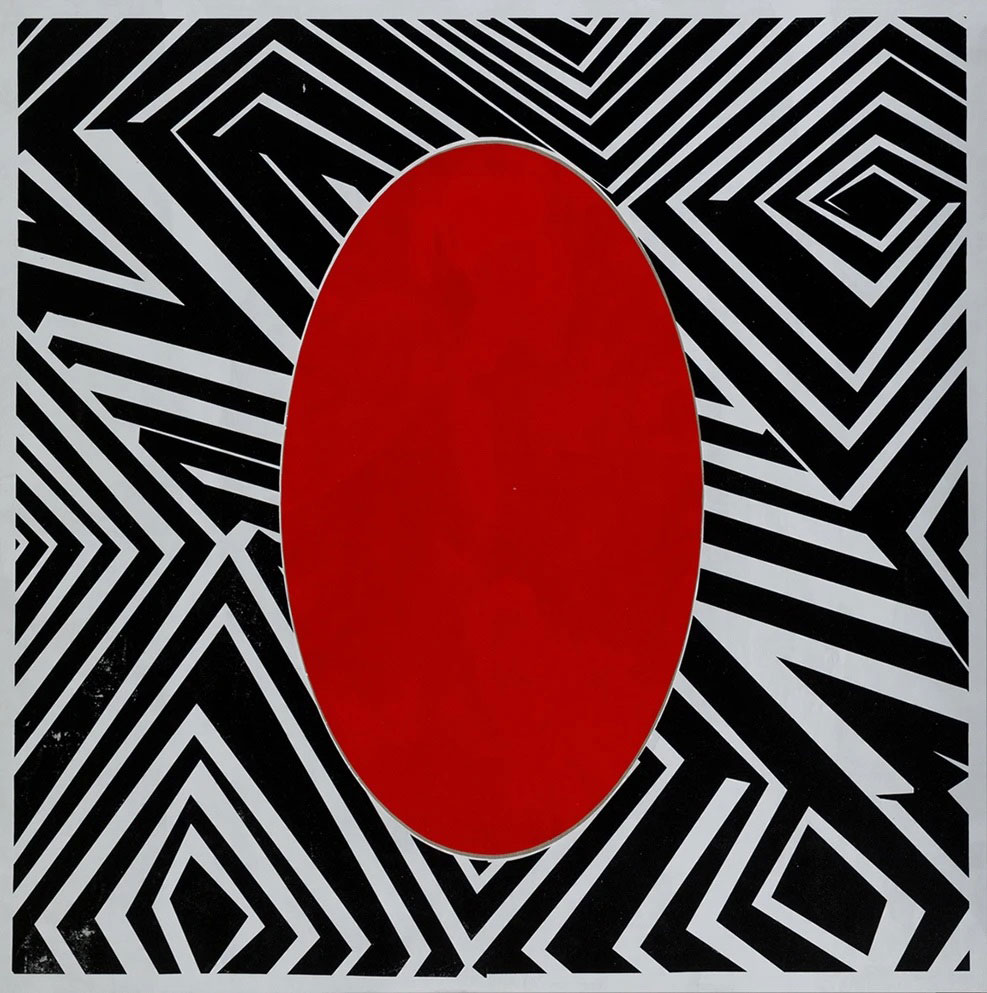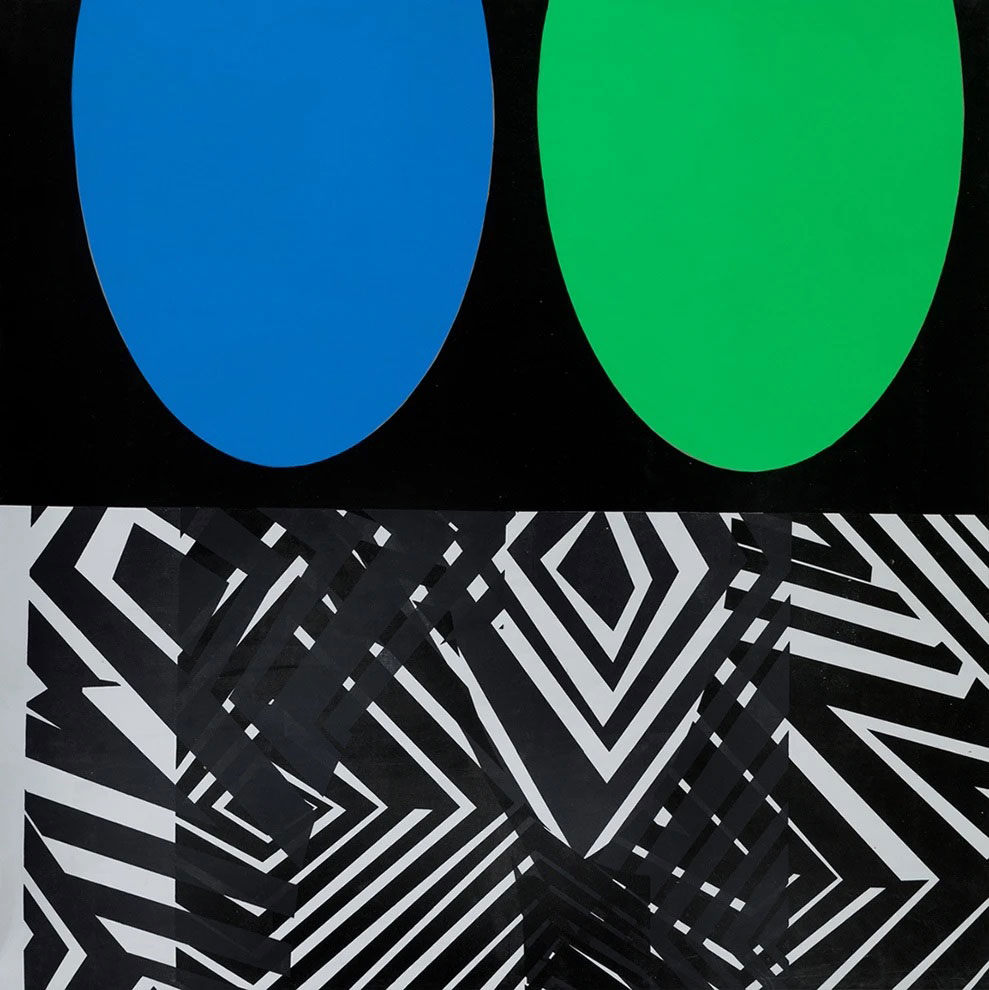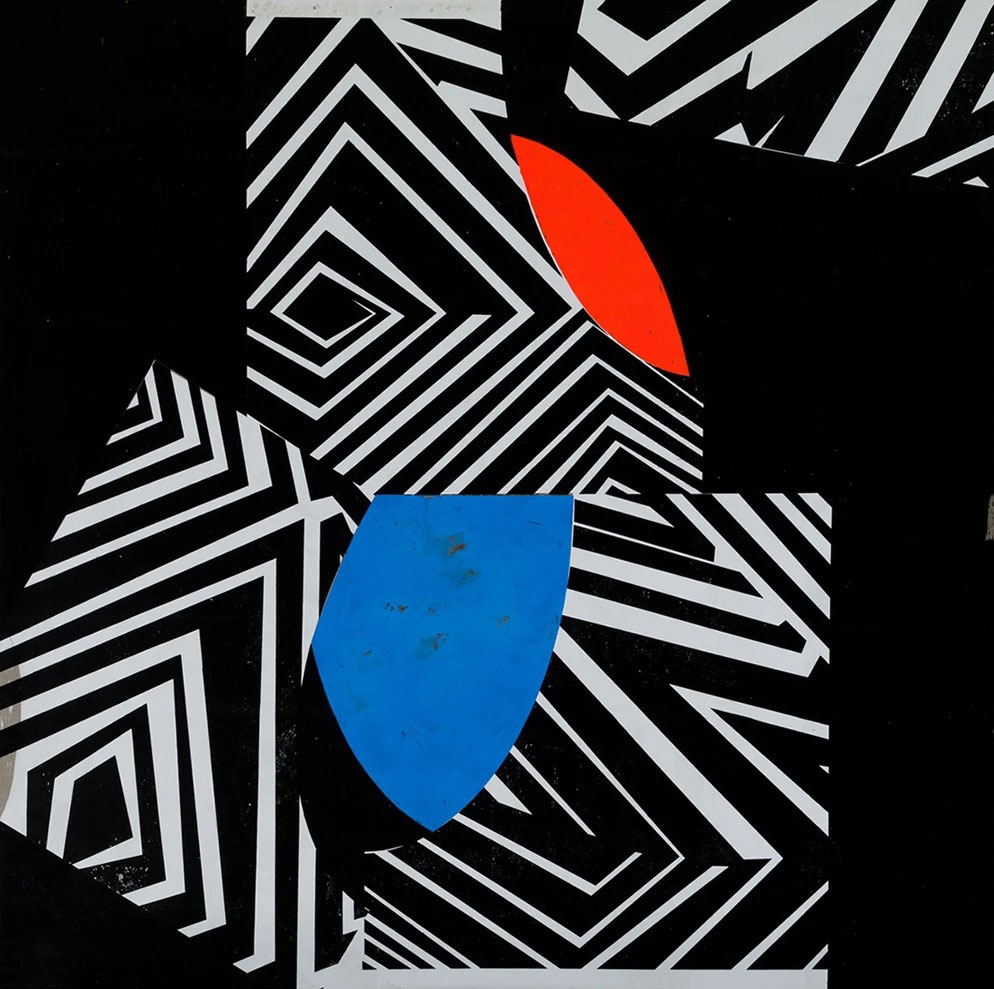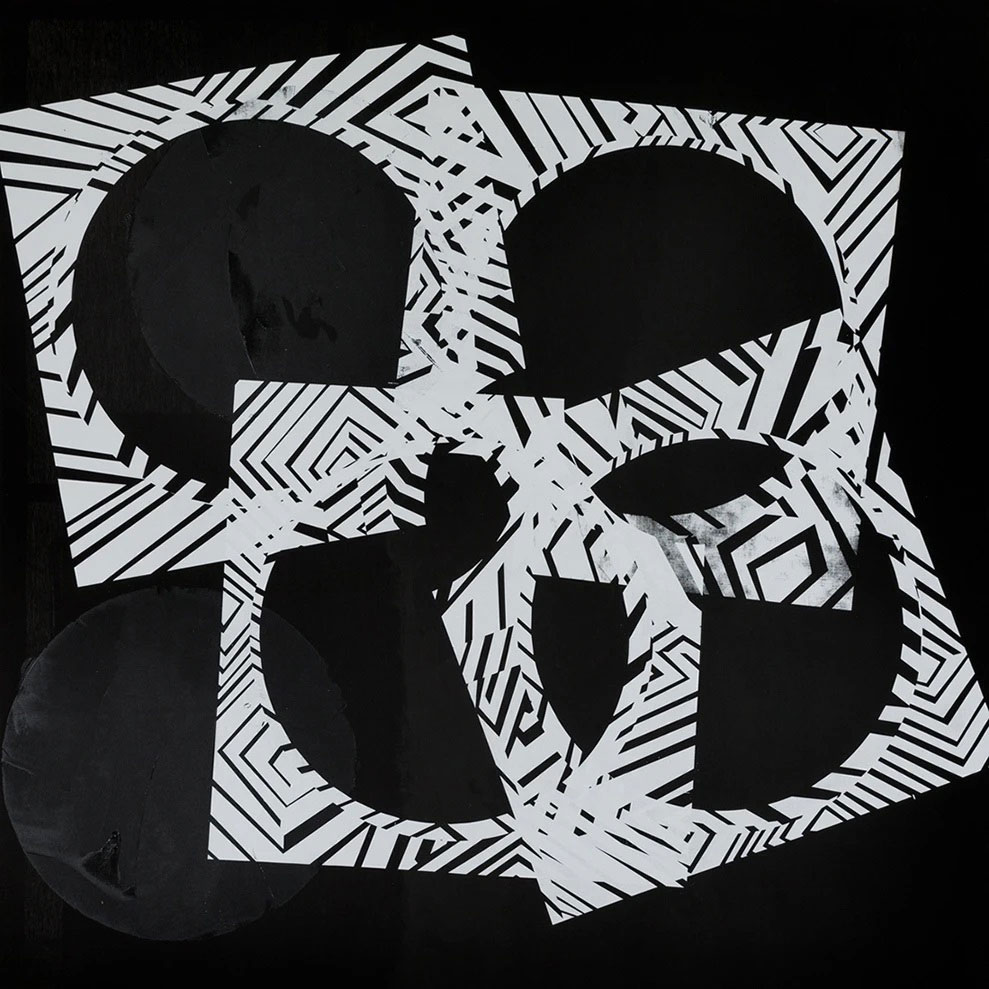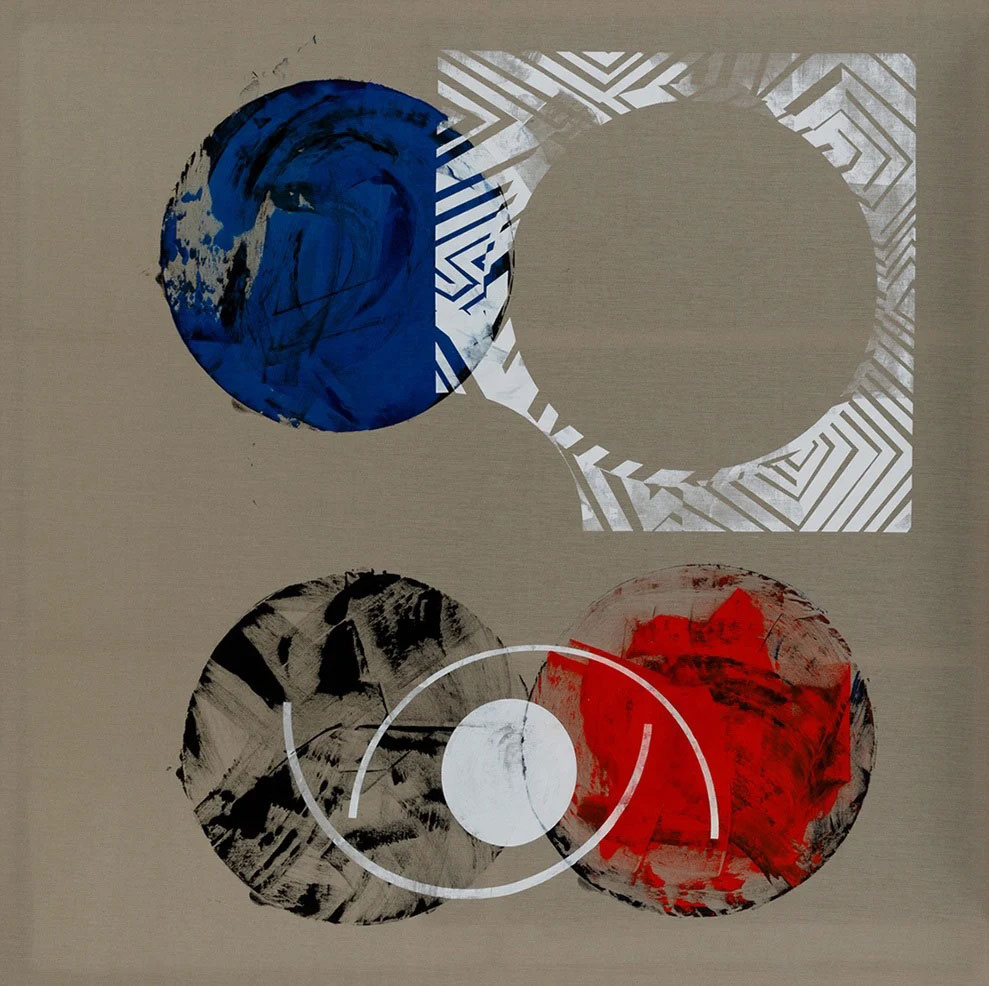PRESENTATION: Brook Andrew-To See My Skin Broken
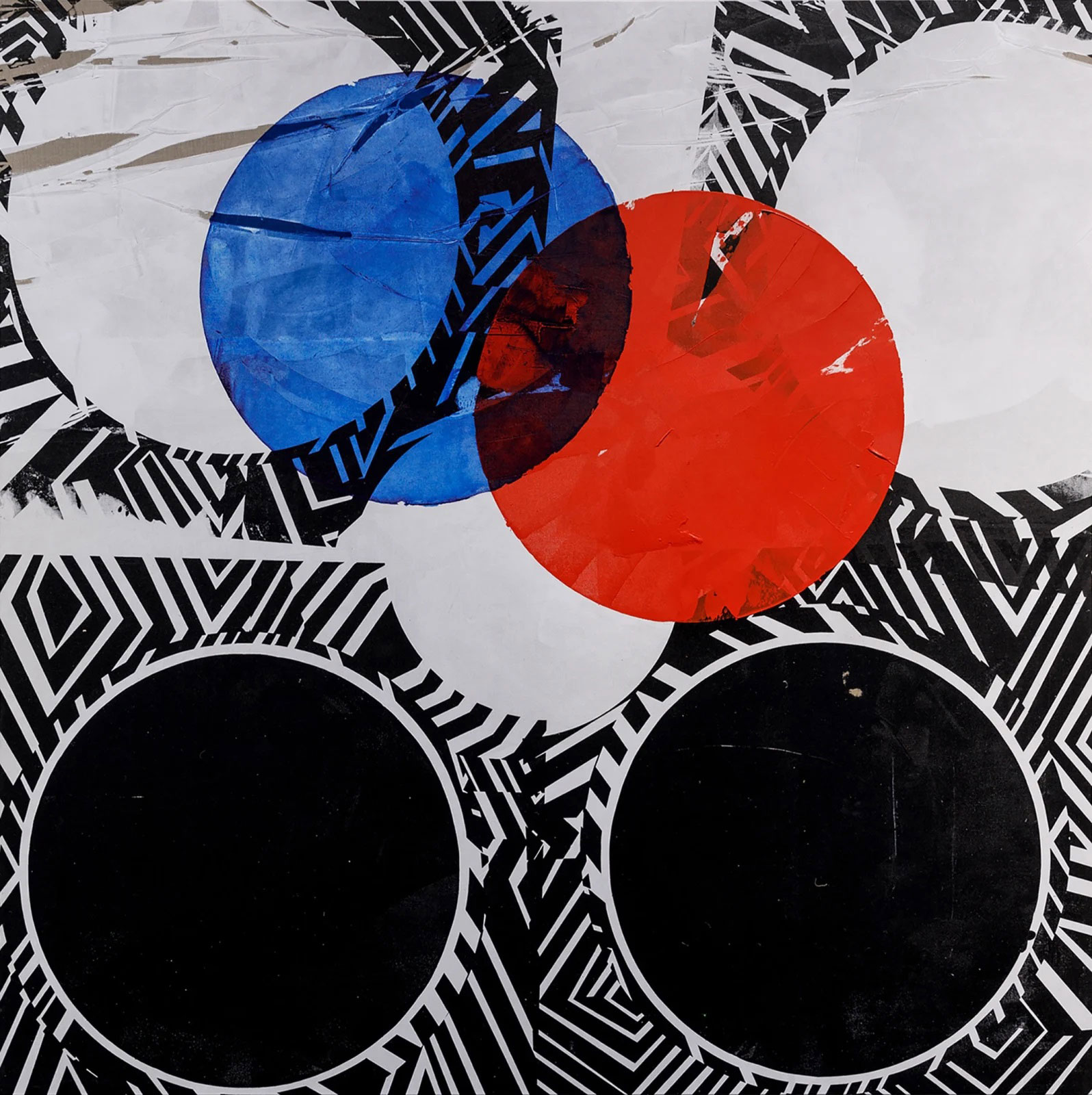 The Australian Brook Andrew is an interdisciplinary artist of the Wiradjuri Nation with Celtic ancestry recognised for his investigation of dominant Western narratives and the history of colonialism. Drawing inspiration from vernacular objects and the archive, he travels internationally to work with private and public museums and archive collections.
The Australian Brook Andrew is an interdisciplinary artist of the Wiradjuri Nation with Celtic ancestry recognised for his investigation of dominant Western narratives and the history of colonialism. Drawing inspiration from vernacular objects and the archive, he travels internationally to work with private and public museums and archive collections.
By Dimitris Lempesis
Photo: Galerie Nathalie Obadia Archive
Brook Andrew’s practice questions the memory of colonialism and presents alternative histories. His artworks, museum interventions and curatorial projects challenge the limitations imposed by power structures, historical amnesia and stereotyping, to centre Indigenous perspectives. Drawing inspiration from vernacular objects and the archive, he collaborates internationally with artists, communities, and various private and public collections. From this powerful work, alternative approaches to understanding history emerge in order to «de- colonize» it. Born in Sydney in 1970, Brook Andrew’s matrilineal kinship is from the Wiradjuri Aboriginal nation of western New South Wales, Australia, and he conceptualises his practice through the Wiradjuri language. Brook Andrew is considered a major player in the contemporary art and museum scene, whose work has gained international amplitude over a nearly 30-year career. Brook Andrew’s solo exhibition “ngayy ngajuu dhugul birra” (to see my skin broken), is inspired and driven by the complexities of collisions between the lived experiences of Wiradjuri culture and Indigenous ways of knowing with the institutionalisation of the museum and public space. A mise-en-scene ceremonial space of totems, relics, mandalas in ceramic, wood, neon, stone and marble welcome us along with eight works on canvas from the “Seeing Time” series. The works on canvas in this series series evoke the question of time, its perception and its manipulation. With contemplative and reflexive vocations, the space of the painting opens for an experimentation, an inscription in this infinite measure. These paintings were created during 2021 when the artist was focusing on alternative visions of not only time but how the world is shifting into what it means to decolonise, or to a state of yindyamarra-gunhanha (ongoing respect). yindyamarra-gunhanha is a term Brook Andrew has developed to deal with the often challenging space of museum research and repatriation. The signature black and white patterns are inspired by his Wiradjuri cultural heritage which in its abstract state, continues to remind himself and others of the strength and continuing cultura of the Wiradjuri. The spatial and temporal disorientation of this entire scene is volatile, the supports of certain elements slip away to consider new juxtapositions and assemblies of deeply personal histories that Brook Andrew binds together. As Brook Andrew says: “The paintings and sculptures in this installation create a mise-en-scene of continuing culture and new imaginings, presenting the complicated and broken processes of accessing and piecing together our objects held in museums. This installation creates a safe space and exercise in healing and radical self- love in a ceremonial scene that is free from the mistreatment, misinterpretation and romanticism inflicted upon our cultures. The paintings are inspired by patterns from our marrara guulany (tree carvings/dendroglyphs) and along with the totems and entire mise-en-scene present the power of process, regeneration, and this complex journey. The sculpture garru (magpie) is based on my personal totem. You will notice it appears to be broken, like other sculptural and painted elements in the installation which are cut, collapsed, broken, or opened-up. The concept of broken skin refers to, Aboriginal ‘skin connections’ (kin and family), and the literal broken skin of bodies and of our objects in museums. My act of assembling for this new body work is about active healing and finding new ways of creating ceremony today”. His installation challenges current methods of displaying Aboriginal cultural materials in museums which are presented out of context from a vast geographical range. These displays misrepresent the cultural and linguistic diversity with a deep lack of understanding of Aboriginal society and ongoing practices – museums often represent our cultures as broken and incomplete, as if we and our cultures are broken and have little contemporary importance.”
Photo: Brook Andrew, seeing time IX, 2021, Mixed media on linen, 235 x 235 cm, © Brook Andrew, Courtesy the artist and Galerie Nathalie Obadia
Info: Galerie Nathalie Obadia, 91 rue du Faubourg Saint-Honoré, Paris, France, Duration: 24/5-23/7/2022, Days & Hours: Tue-Sat 11:00-19:00, www.nathalieobadia.com/
